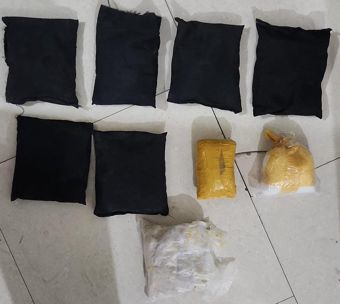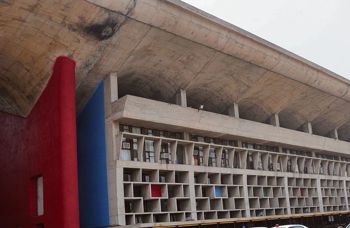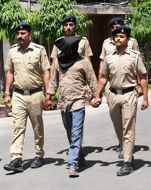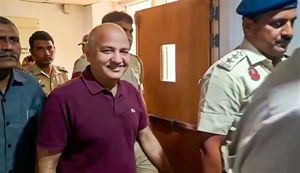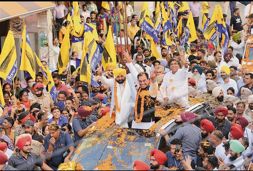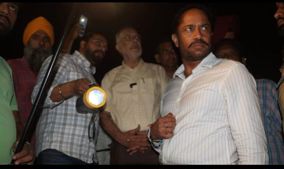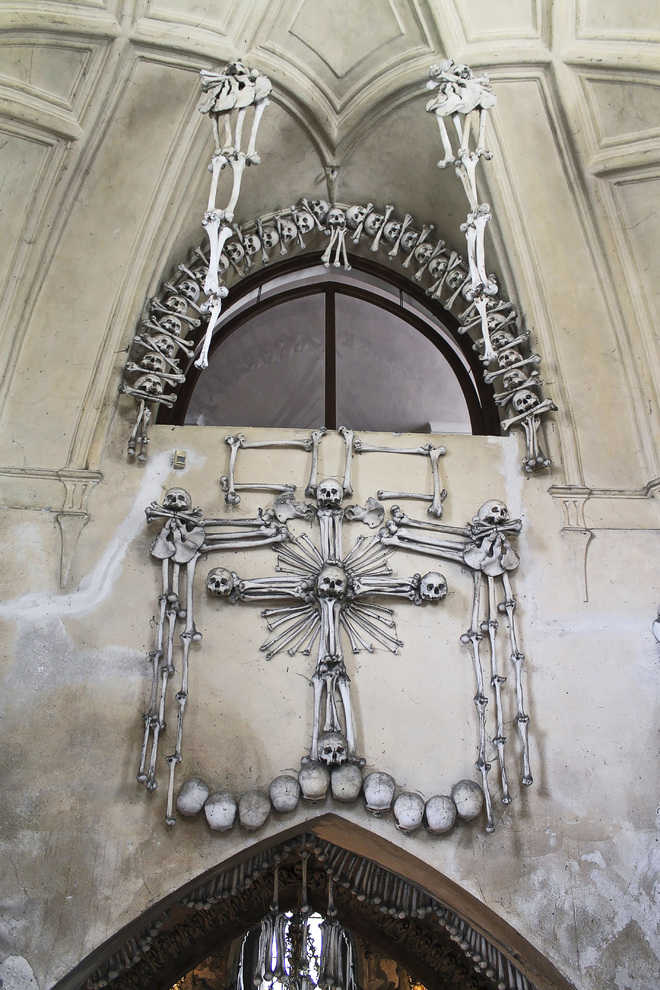
A reminder of the frailty of human life and inevitable death, the Roman Catholic chapel in Kutna Hora contains the mortal remains of 40,000 persons Thinkstock
Ranjita Biswas
Bones from skeletons making up a church’s décor. Horrifying? Fiction or fantasy? But that’s exactly what Kutna Hora, a Unesco protected town in the Czech Republic, boasts of. It’s an hour’s drive from Prague (you can take a train too) and was once the most important Czech town due to its silver mines.
Besides the historic sites, visitors here make a beeline to the Bone Church (‘Ossuary’ to be more correct or ‘Kostnice’ in Czech) in Sedlec, a suburb of Kutna Hora. The small Roman Catholic chapel is located beneath the All Saints’Chapel.
The chapel is decorated entirely with human bones. As you enter walking down a few steps, you are greeted by an intricately designed door encrusted with human skulls. Inside, at the centre, hangs a beautiful chandelier that is supposed to hold each one of the bones in the human body. Strings of skulls and bones hang from the ceiling while chalices stand in alcoves on either side of the staircase. You can see skull candelabras, the altar made with human bones. A display case shows skulls with wounds probably inflicted by medieval weapons. The church is estimated to contain the remains of around 40,000 people.
You could feel a little quizzy at the macabre display but strangely you don’t. It is as if you feel like paying tribute to human ingenuity, creating something beautiful even from remains of human skeletons.
How did all these bones end up in this particular church? As the story goes, in the 13th century the abbot of Sedlec monastery, who returned from a visit to Palestine, birthplace of Jesus Christ, he brought with him a pocketful of earth from the Holy Land and sprinkled it on the cemetery surrounding the Chapel of All Saints. It instantly earned a pious reputation. The rich and the powerful also wanted to be buried in this cemetery.
A large number of people were also buried there due to the Black Death plague of 1318 and casualties in the Hussite War in the 15th century.
The Thirty Years’War in the 17th century added to the number of the dead, and space in the cemetery became a problem. So the older remains began to be exhumed. But what to do with them? Legends say that a half-blind monk was assigned to collect bones from the cemetery; he transferred them to the chapel and piled them into pyramids.
Local myths also say that he became mad and started making things out of the bones. Then in 1870, the local landlords of the House of Schwarzenberg assigned a woodcarver František Rint to create a different form of art as a reminder of the frailty of human life and inevitable death.
You can see the Schwarzenberg coat-of-arms made of bones here as well as Rint’s own signature made with finger bones.
Many films and documentaries have been shot on the site, a Unesco heritage site. It is open all through the year except December 24 and 25. Millions of people visit the church each year for, ‘seeing is believing.’





















